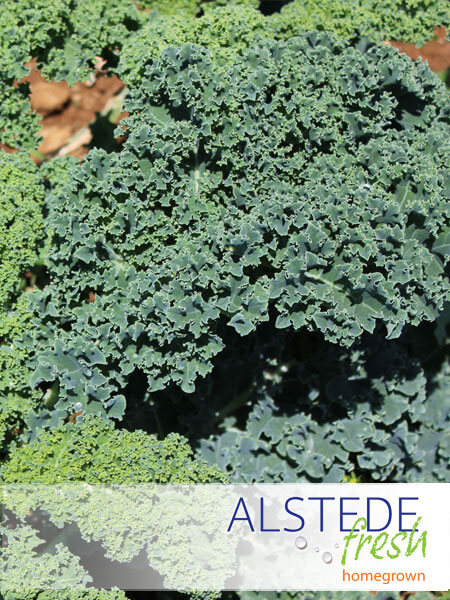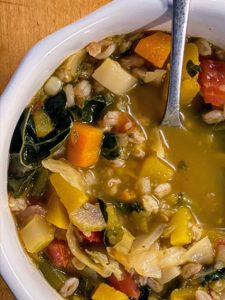Totally Kale-in it!
Totally Kale-in it!
As the new year approaches our thoughts tend to focus on healthy foods and eating Kale in season should be top of the list. Kale is truly one of nature’s superfoods as it’s packed with nutrient dense vitamins, minerals, plant sterols, and phytonutrients. Don’t know what all that means? Not to worry, all you need… Read More »
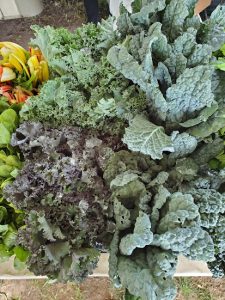
Kale is a cold-hardy crop and we begin the first plantings on our farm typically in late April or early May. We harvest kale late into the season, oftentimes even after the first snow frost. We love to grow kale as it provides numerous harvests and veggie abundance for the colder months out of the year. We gather new leaves from the same plant a handful of times after that initial harvest picking the outer leaves first so that the smaller, inner leaves stay intact and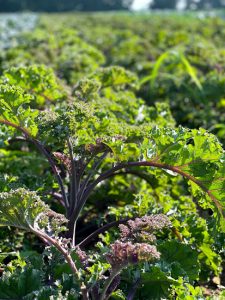
Kale is so versatile and can be sautéed, blanched, baked into casseroles, blended into smoothies or added to warming soups or eaten fresh in salads. Any way you choose to prepare it will, nonetheless, be delicious and so good for you. Kale is best eaten fresh from harvest, however, can be stored in a plastic bag in your fridge for up to one week. Wash before using by dunking the leaves in water and drying with a salad spinner or towel. Remove the stalk by trimming from the leaves and then use kale as you would any green.
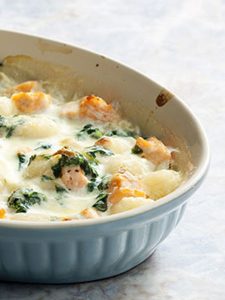
Kale can easily be frozen to use in a variety of dishes. While abundant, you may wish to try freezing some to have on hand when needed. Enjoy these steps to freezing greens, kale, collards and chard provided by our culinary specialists. Fresh greens freeze well if used within a day or so from pick-up on the farm. Begin by washing the greens & draining in a colander. Hull the greens by cutting off any woody stems or damaged pieces. Bring a pot of water to a boil and fill a large bowl two-thirds full with ice and water and set nearby. Blanch the greens by placing them into the boiling water for two minutes. Why are we doing this? According to our culinary specialists, all fruits and vegetables contain enzymes and bacteria that, over time, break down then destroy nutrients and change the color, flavor, and texture of food during frozen storage. Greens require a brief heat treatment, called blanching, in boiling water or steam, to destroy the enzymes before freezing.
Begin counting the blanching time as soon as you place the greens in the boiling water. Cover the kettle and boil at a high temperature for the required length of time. You may use the same blanching water several times (up to 5). Be sure to add more hot water from the tap from time to time to keep the water level at the required height. Once blanched remove the greens with a slotted spoon and cool the greens immediately in the bowl with ice water: Cooling them quickly in this manner prevents overcooking. A good rule of thumb from Miss Jenn is to cool for the same amount of time as the blanching step. For instance, if you blanch greens for 2 minutes, then cool in ice water for at least 2 minutes as well. Drain thoroughly and allow to dry before bagging the greens in zip top bags. Freezing keeps greens safe to eat almost indefinitely, but the recommended maximum storage time of 12 months is best for taste and quality.
Farm Kitchen Tip: If you don’t own a vacuum food sealer to freeze foods, place food in zip top bags, zip the top shut but leave enough space to insert the tip of a soda straw. When the straw is in place, remove air by sucking the air out. To remove the straw, press straw closed where inserted and finish pressing the bag closed as you remove straw. Date the bags and pop them into your freezer.
We hope we have inspired you to incorporate more kale into your diet and to enjoy all the health benefits of eating in season along with us on our farm.
Best wishes from our farm kitchen to yours!

